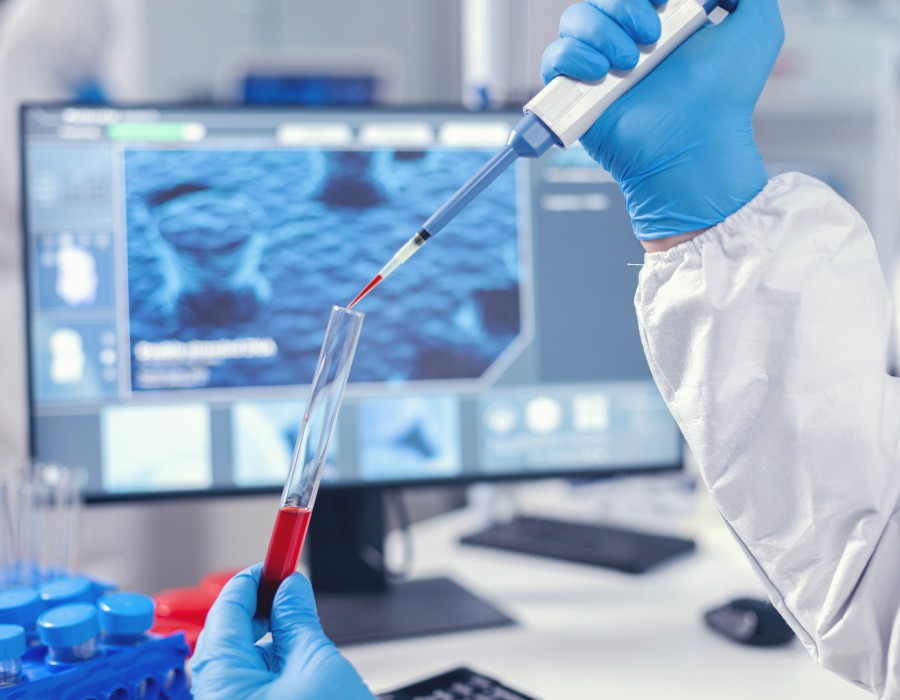Pharmacovigilance emerges as a silent guardian. It's the science and practice dedicated to ensuring the safe and effective use of medicines throughout their lifecycle, from pre-clinical trials to post-marketing surveillance. It's about proactively monitoring, , and preventing any adverse effects associated with medications, protecting patients and promoting public health.
What is Pharmacovigilance?
Pharmacovigilance, aptly named the "science of drug safety," strives to make this a reality. It encompasses the comprehensive monitoring, assessment, and prevention of adverse effects (ADEs) associated with medicines and vaccines throughout their entire life cycle, from pre-clinical trials to post-marketing surveillance. Essentially, it’s about ensuring the safest and most effective use of medicines for everyone.
Why is Pharmacovigilance Important?
While medicines revolutionize healthcare, they can also have unintended consequences. No drug is 100% safe, and even well-tested medications can cause reactions in certain individuals or under specific conditions. Pharmacovigilance plays a crucial role in:
· Early detection of unknown adverse reactions: Identifying previously unforeseen side effects and drug interactions helps protect patients and inform safer prescribing practices.
· Continuous risk-benefit assessment:
· Improved patient safety: Through proactive risk management and knowledge dissemination, pharmacovigilance empowers healthcare professionals to make informed decisions for their patients.
· Enhanced public health: Data gathered through pharmacovigilance programs supports informed regulatory decisions, ultimately safeguarding public health by preventing medication-related harm.
Basics of Pharmacovigilance:
Understanding the key elements of pharmacovigilance is crucial for anyone interested in this field. Here’s a breakdown of the fundamental concepts:
· Adverse Event (AE): Any undesirable experience occurring while taking a medicine, whether or not considered causally related to the drug.
· Adverse Drug Reaction (ADR): An AE judged to be caused by a medication, including side effects, allergic reactions, and toxicity.
· Spontaneous Reporting: Voluntary reporting of suspected ADRs by healthcare professionals and patients to national pharmacovigilance centres.
· Signal Detection: Analysis of reported ADRs to identify potential safety concerns and investigate possible links to specific medicines.
· Risk Management Plans: Strategies developed by pharmaceutical industry to minimize the risks associated with their medicines and address identified safety concerns.
· Benefit-Risk Ratio: A continuous evaluation of the therapeutic benefits of a medicine weighed against the potential for causing harm.
Building a Career in Pharmacovigilance:
The growing emphasis on drug safety makes pharmacovigilance a dynamic and rewarding career path. Career in Pharmacovigilance With proper training and qualifications, you can contribute to safer medication use and potentially save lives. Here's how to get started:
1. Educational Requirements:
· Bachelor's degree: A science background in pharmacy, pharmacology, medicine, nursing, or biotechnology is preferred.
· Postgraduate Diploma/Master's Degree: Specialized courses in pharmacovigilance or clinical research enhance your profile.
2. Certifications:
· National/Regional: Earning certifications like GCP (Good Clinical Practice) and PVPI (Pharmacovigilance Personnel II) demonstrates your understanding of regulatory and ethical guidelines.
· Global: Recognized certifications like the CDER (Centre for Drug Evaluation and Research) Basic PV Course and Uppsala Monitoring Centre (UMC) courses demonstrate expertise and open doors to international opportunities.
3. Experience:
· Internships/Volunteer Work: Gaining practical experience through internships or volunteering at pharmacovigilance departments or research organizations is invaluable.
· Entry-Level Jobs: Start your career as a data analyst, case manager, or safety associate to gain first-hand experience in pharmacovigilance operations.
Career Growth:
With expertise and experience, career advancement paths in pharmacovigilance are diverse and promising. You can progress to roles like:
· Pharmacovigilance Officer: Responsible for reporting, assessing, and managing ADRs within a pharmaceutical company.
· Clinical Research Associate (CRA): Ensures ethical and regulatory compliance in clinical trials, including safety monitoring.
· Medical Safety Reviewer: Evaluates safety data and reports to regulatory agencies to support drug approval or safety labelling updates.
· Pharmacovigilance Consultant: Provides expertise to pharmaceutical companies, CROs, and regulatory agencies on various safety aspects.
Conclusion:
Pharmacovigilance plays a crucial role in ensuring the safe and effective use of medicines, and the demand for skilled professionals in this field is steadily increasing. If you are passionate about patient safety and possess analytical and investigative skills, a career in pharmacovigilance can be both personally fulfilling and professionally rewarding. Remember, the basics of pharmacovigilance are the foundation for building a meaningful career in this vital field, so start exploring, learning, and contributing to a safer future for





Comments